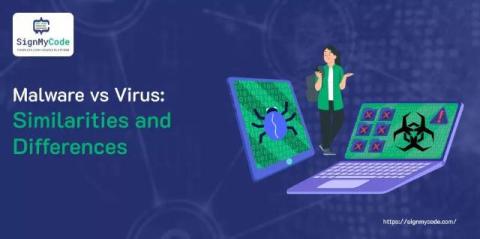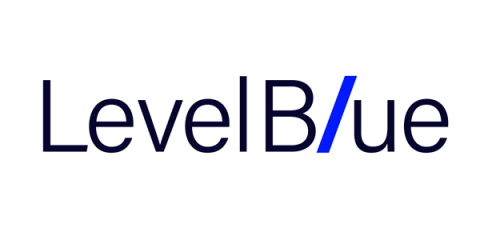CVE-2024-4358 & CVE-2024-1800: PoC Exploit Published for Pre-Authenticated RCE Chain in Progress Telerik Report Server
On May 31st, 2024, a Proof of Concept (PoC) exploit and technical analysis were published for a pre-authentication Remote Code Execution (RCE) exploit chain impacting Telerik Report Server, a product by Progress designed for streamlined report management within organizations.











